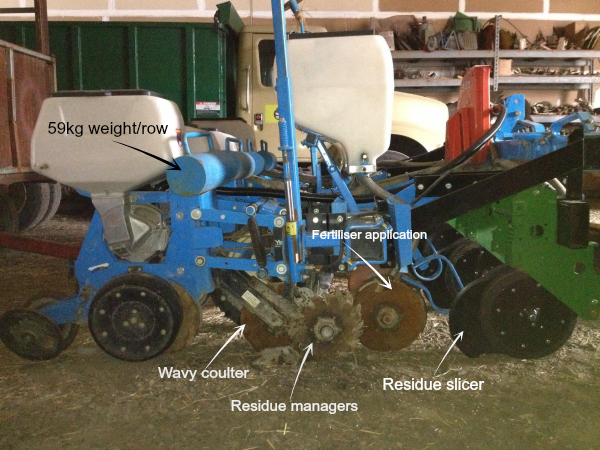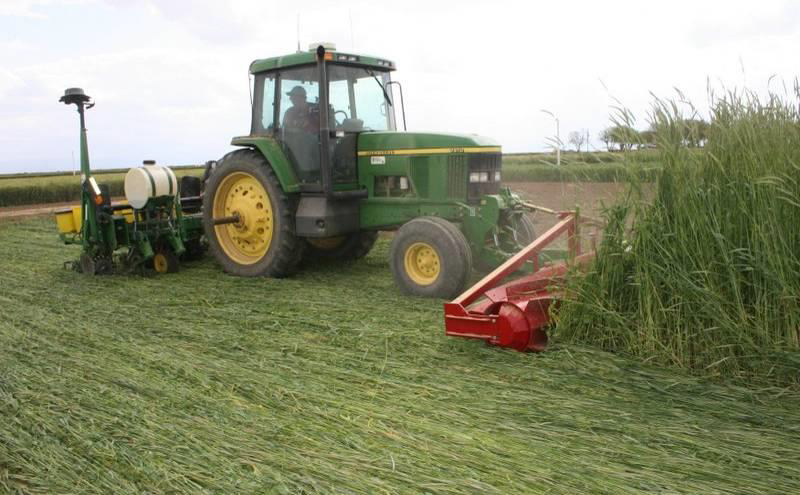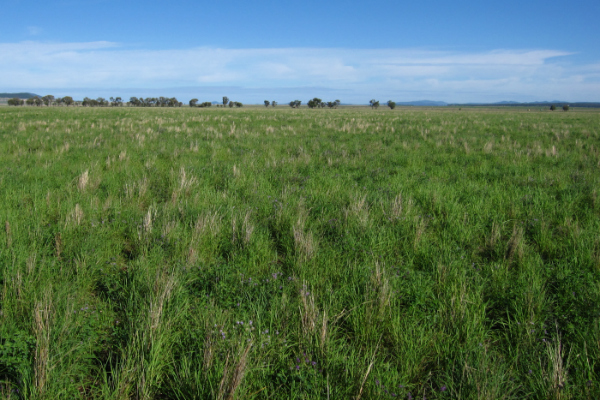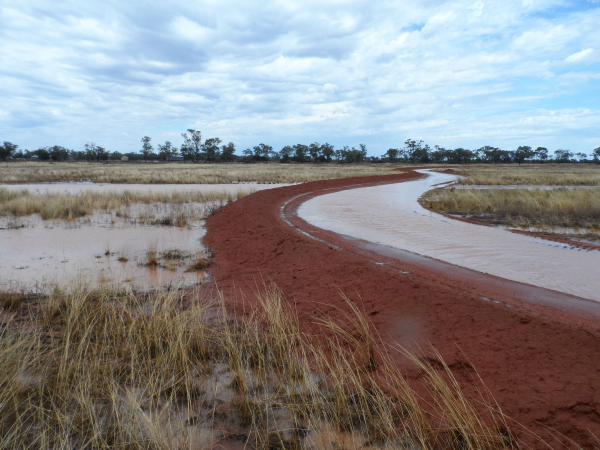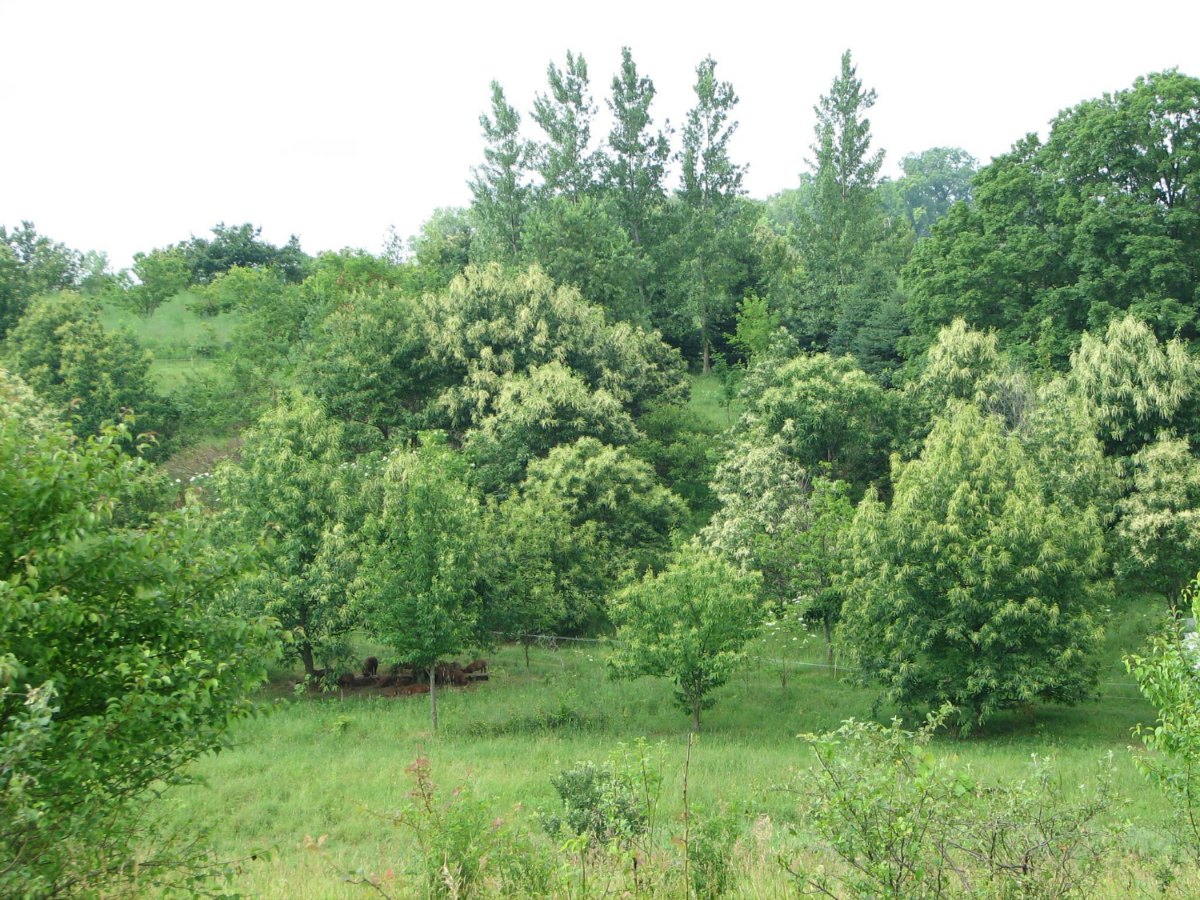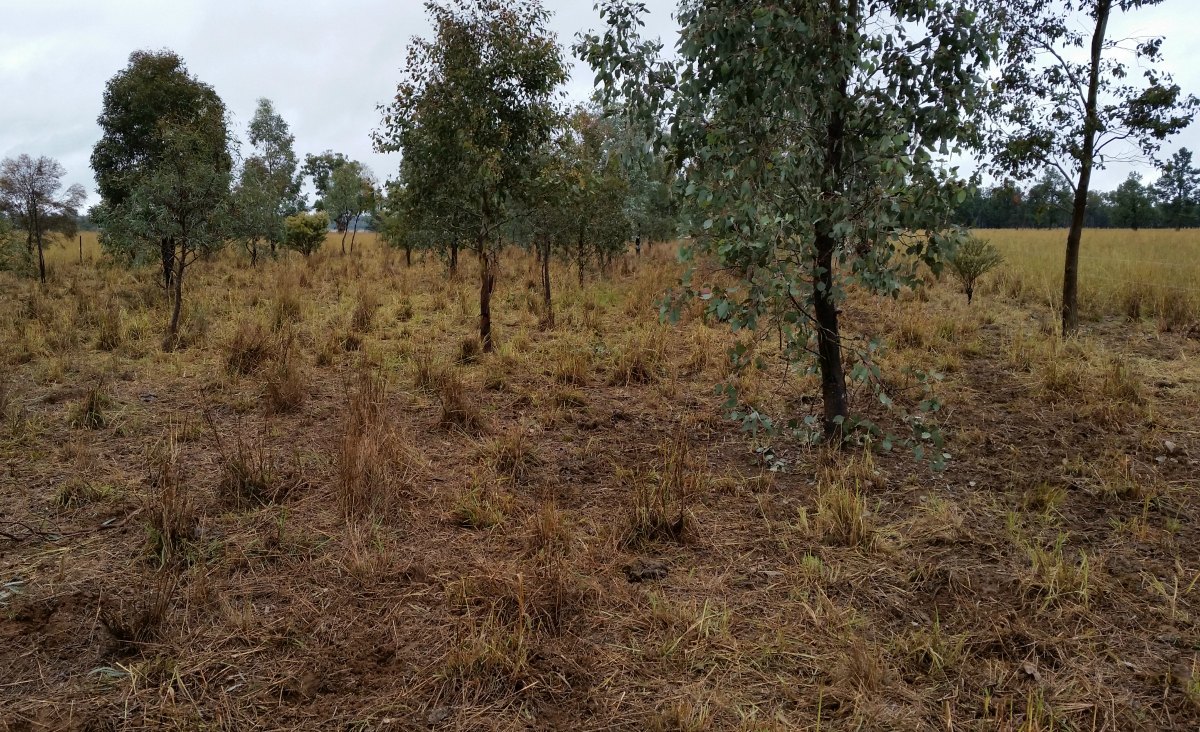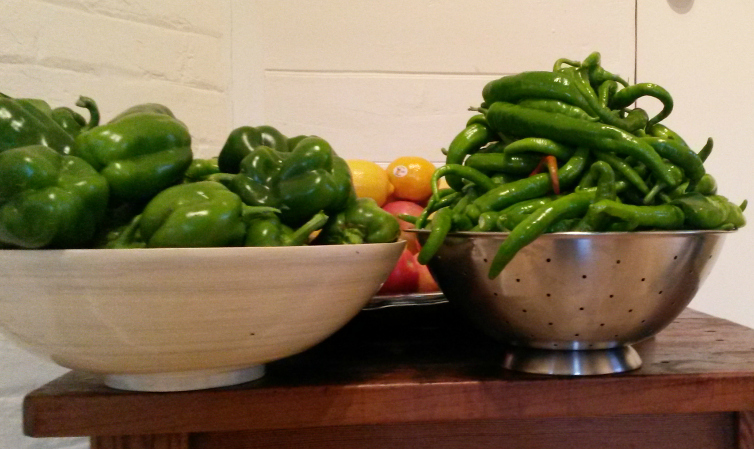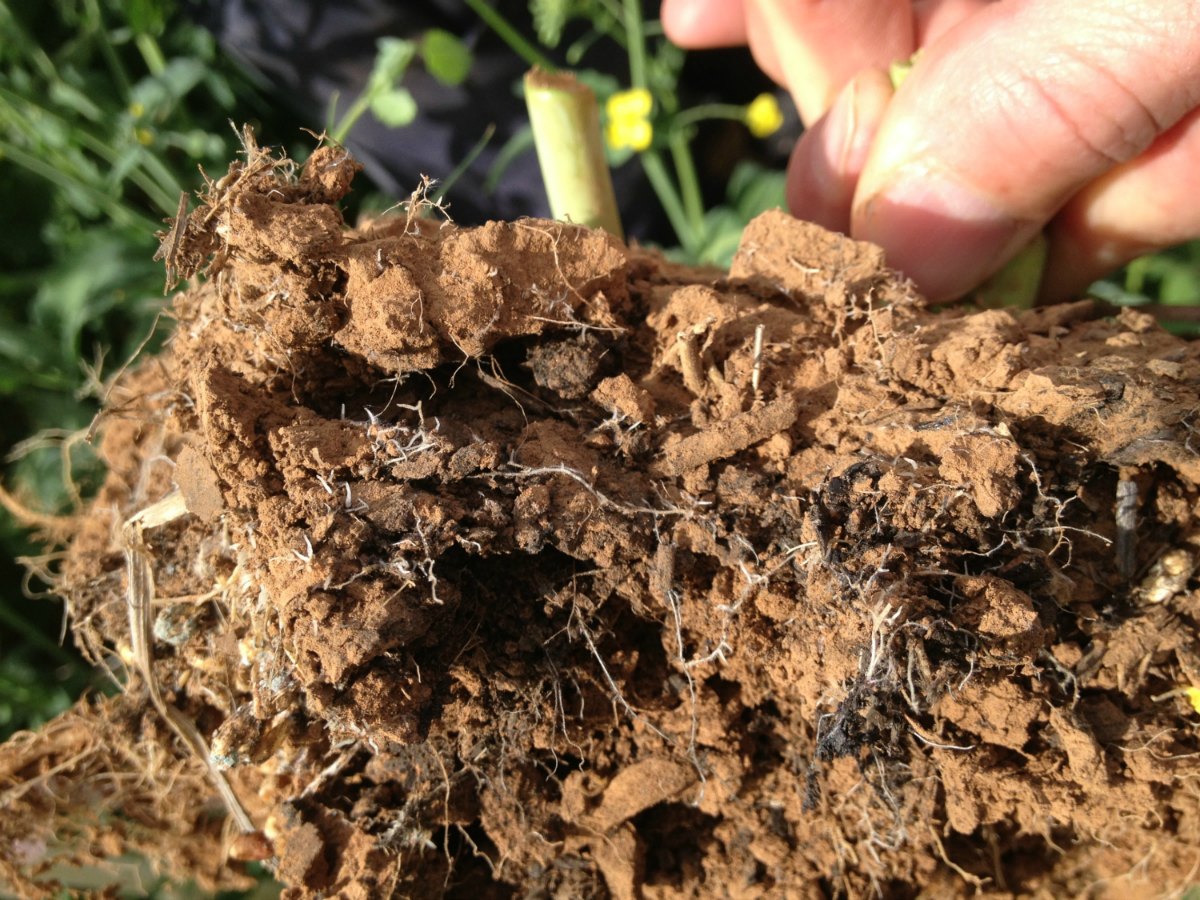If we can achieve a thick, deep mulch of material on the soil surface from a cover crop, it is great for weed control, and for preventing soil moisture loss. But, what is the best method for planting into this thick mat of cover crop residue?
I will share with you what Jeff Moyer, Farm Director from the Rodale Institute in the US has done with his planter to adapt it for planting his grain crops into the mulch, created from a rolled down cover crop. The Rodale Institute are conducting cutting edge research into organic no-till practices, in the US.
If you haven’t already done so, I suggest reading my past cover cropping blogs The ‘New’ Cover Cropping, Experiences from the U.S. – Cover Cropping and last week’s The Practicalities of Cover Cropping – Crop Termination.
Jeff has a Monosem planter. They are a double disc precision planter, favoured in the vegetable industry due to its ability to plant a wide range of seed sizes with precision. Jeff has added an extra couple of tool bars to the planter, to aid with planting into the mulch of a cover crop. Continue reading “THE PRACTICALITIES OF COVER CROPPING – Planter Setup” »

